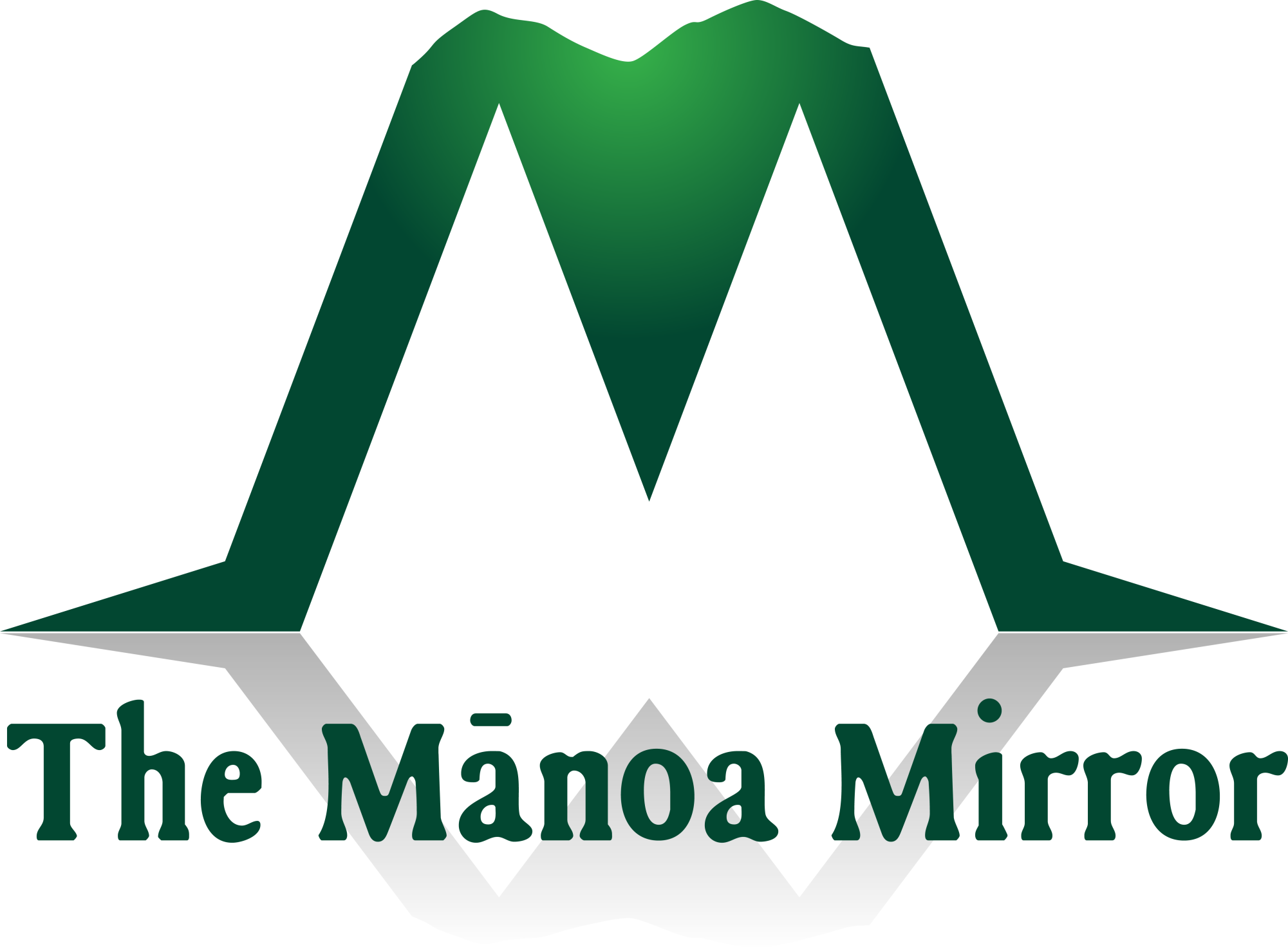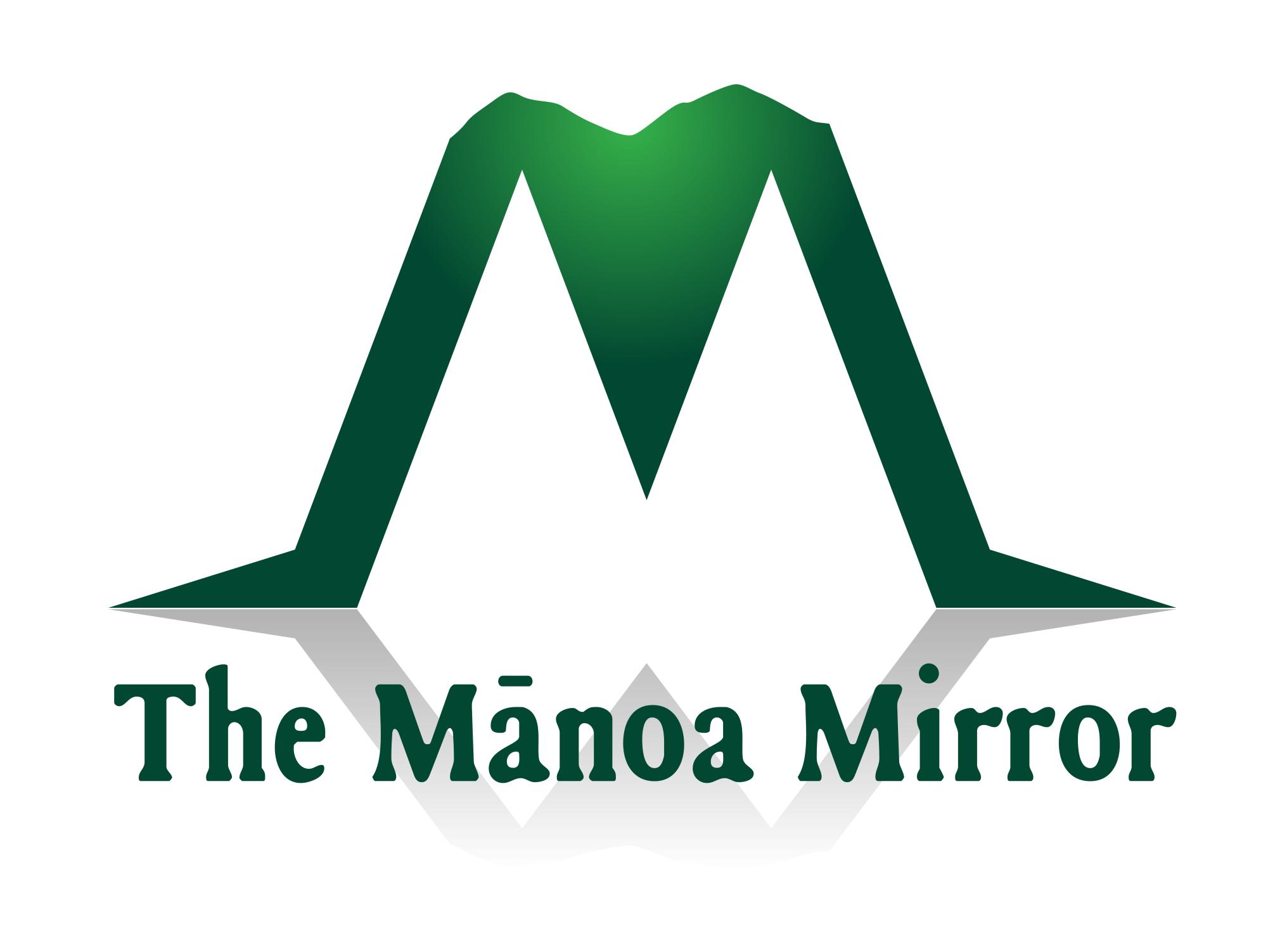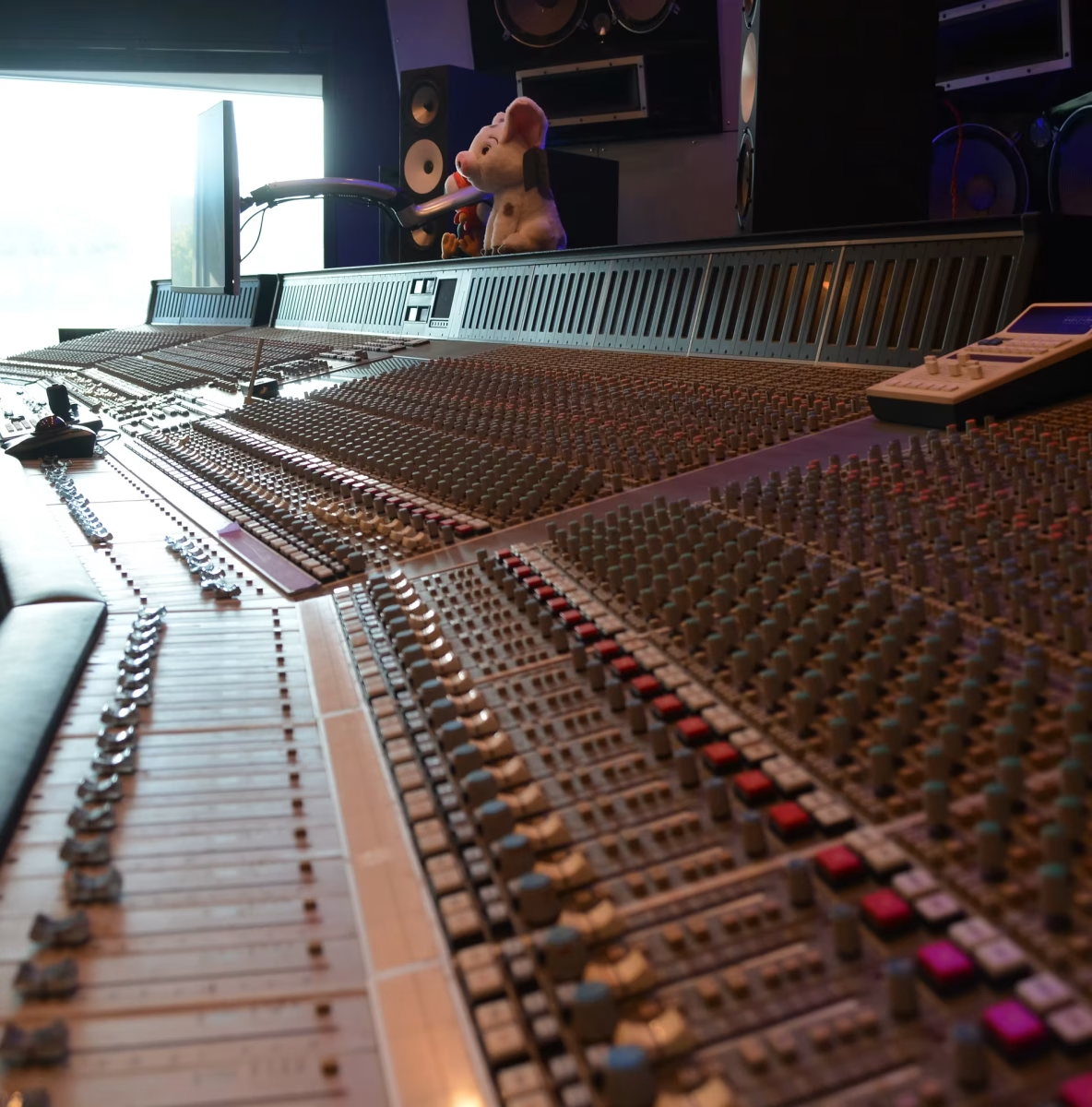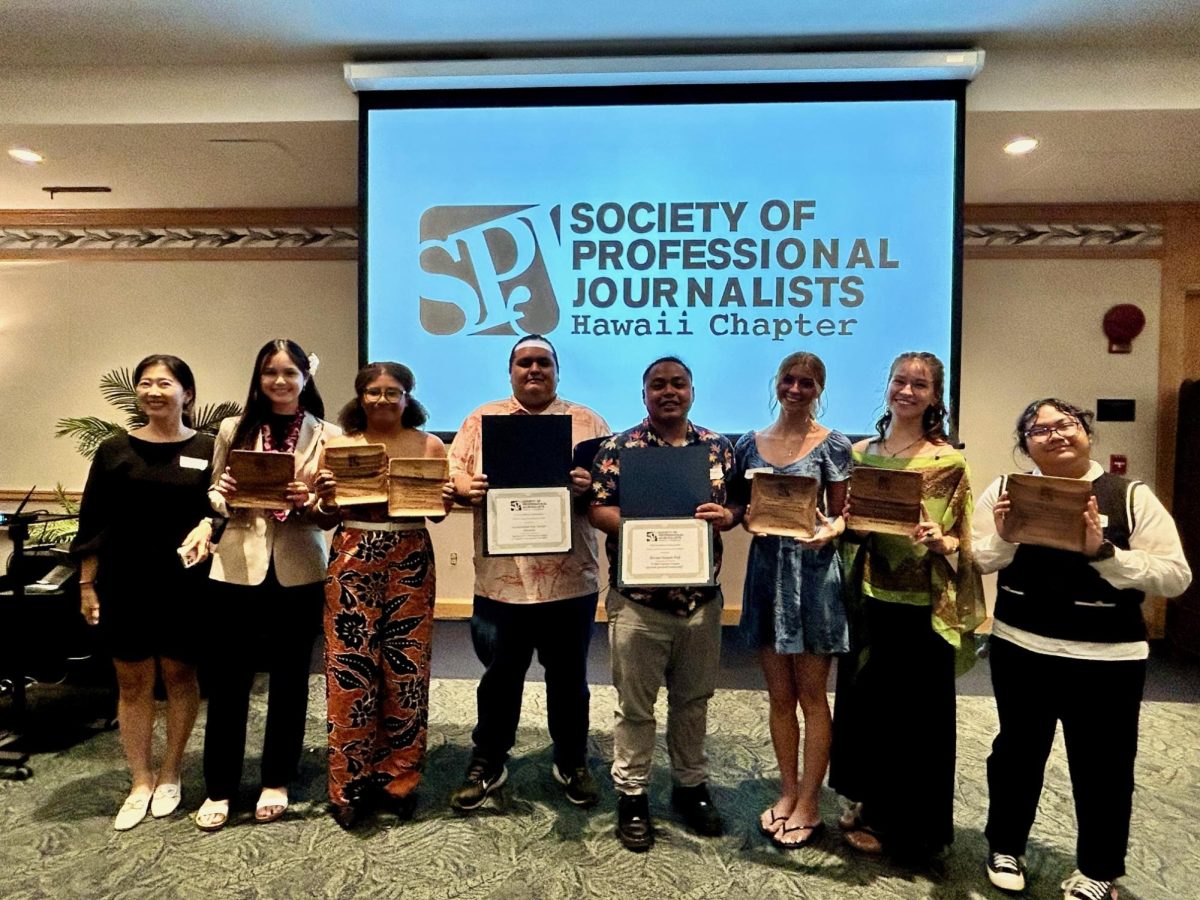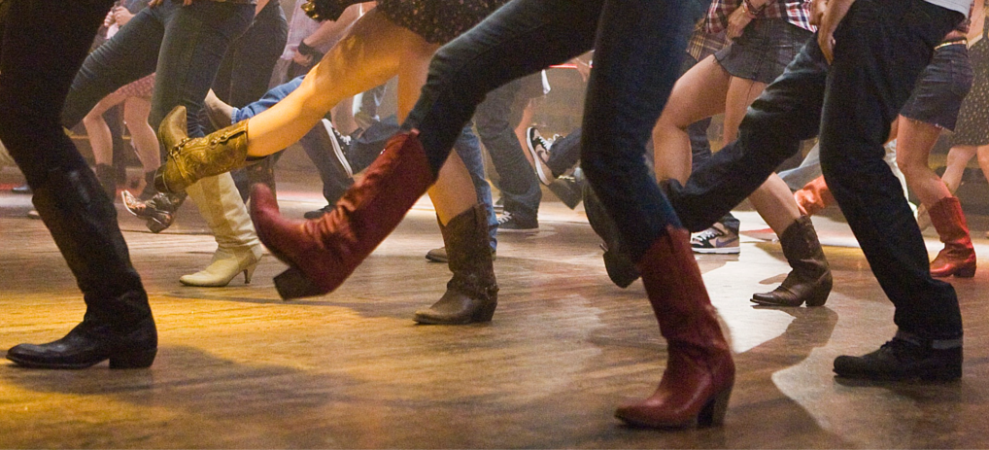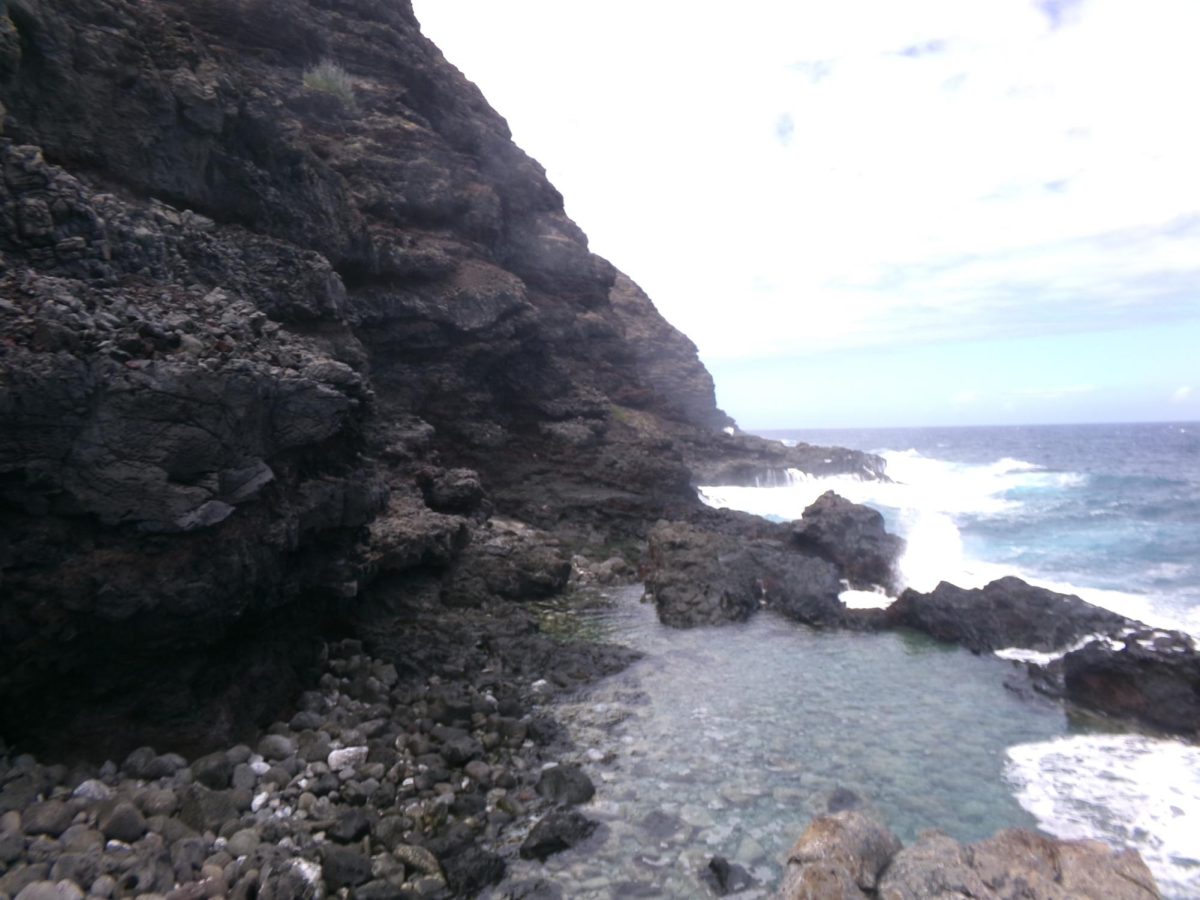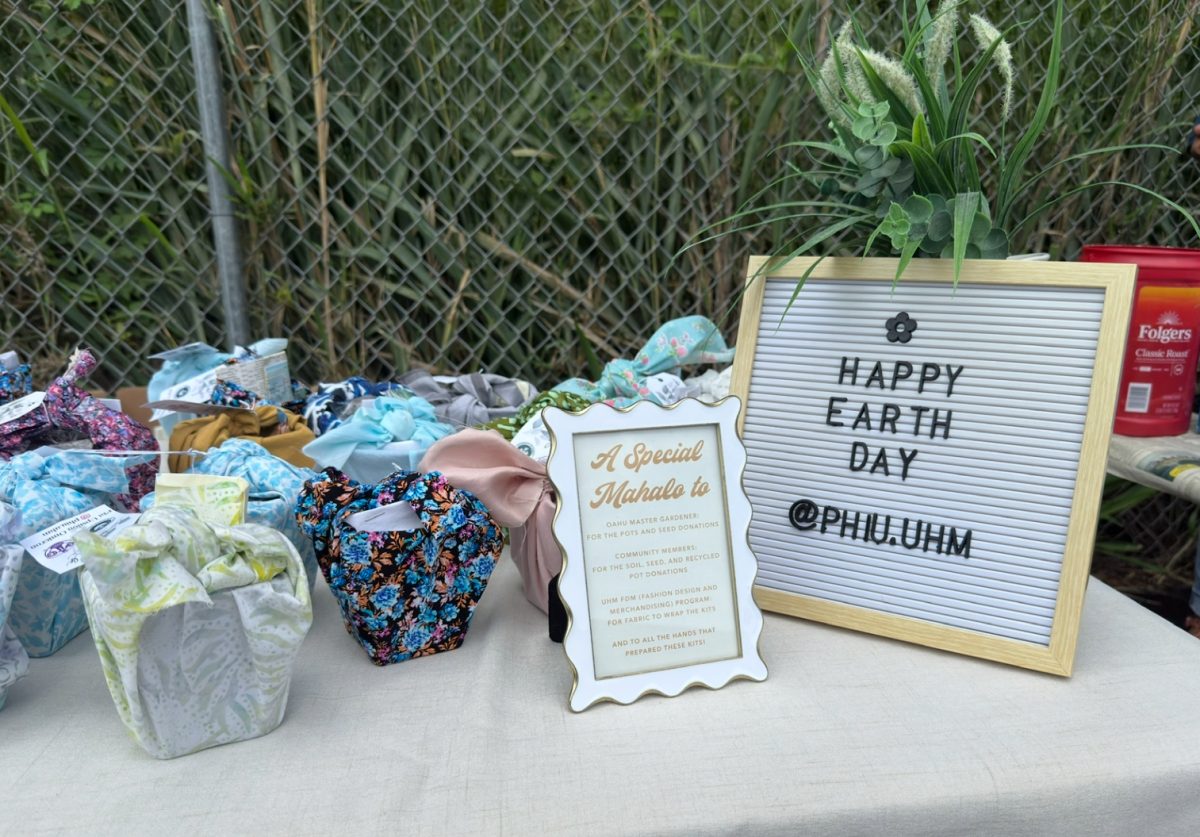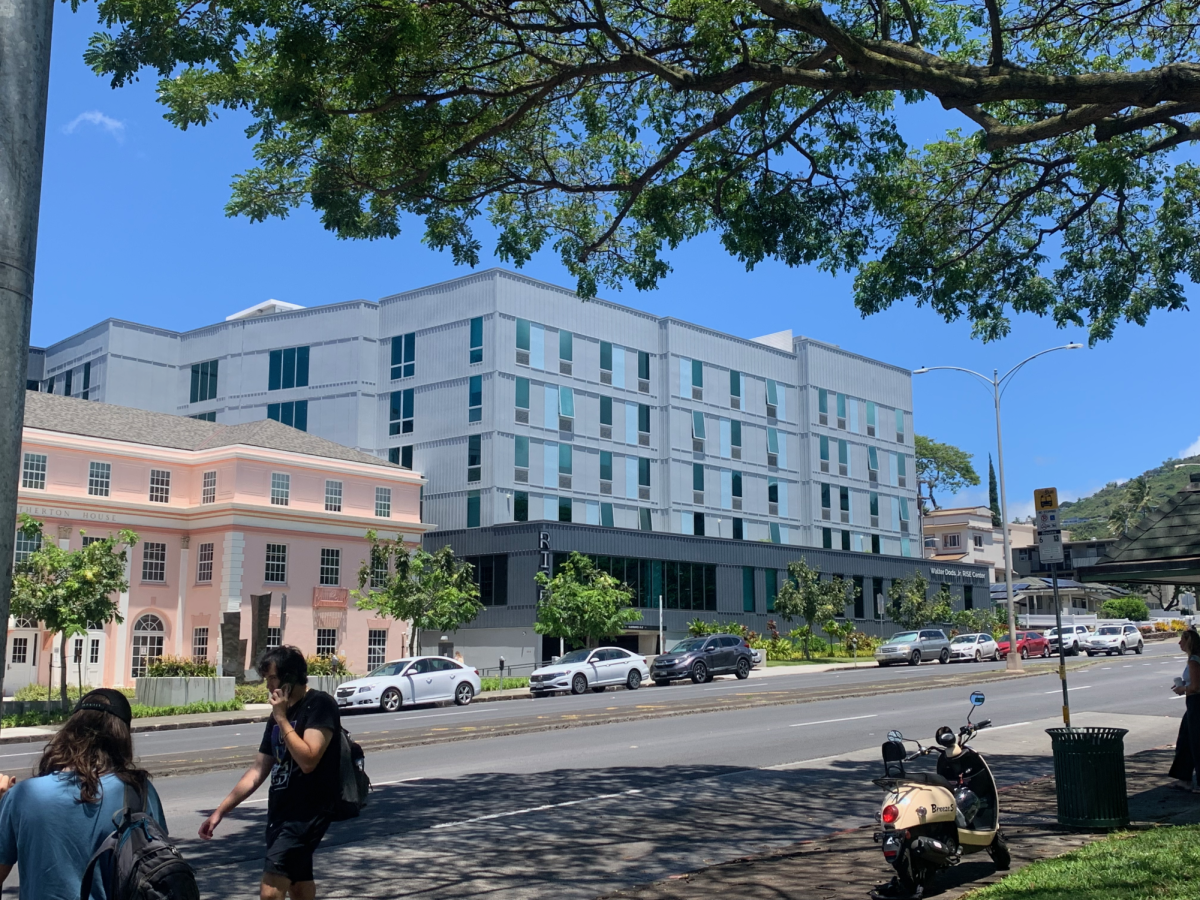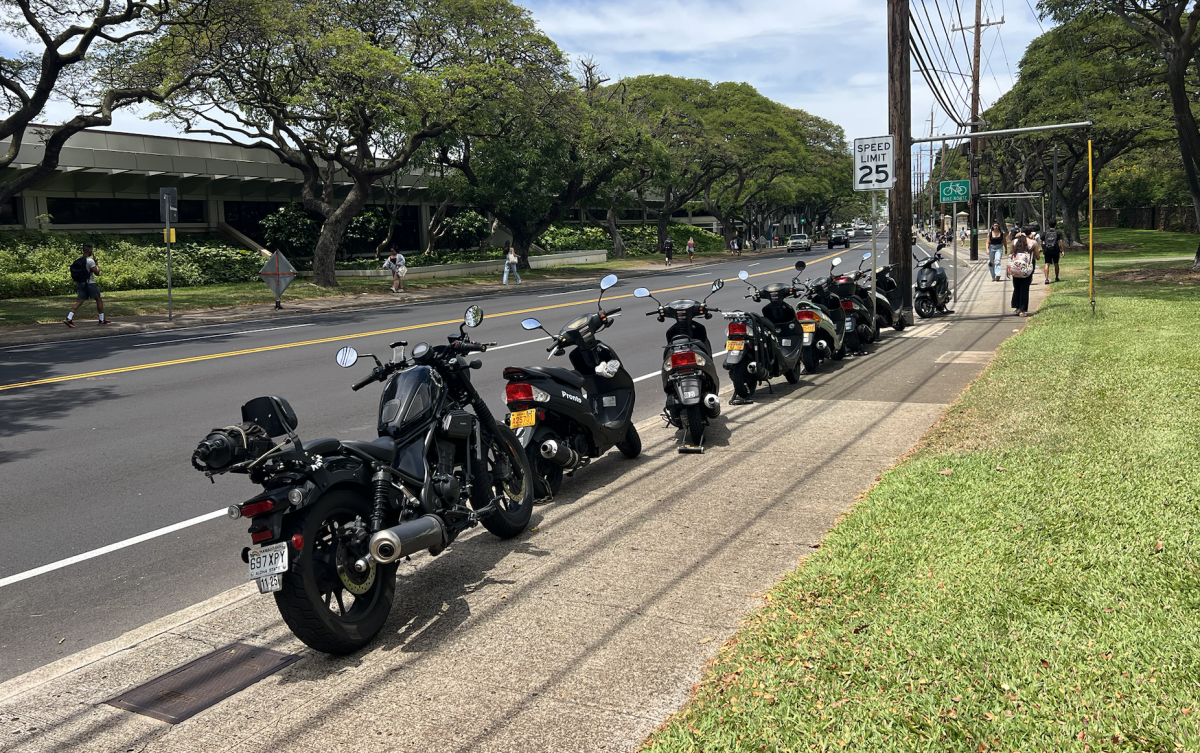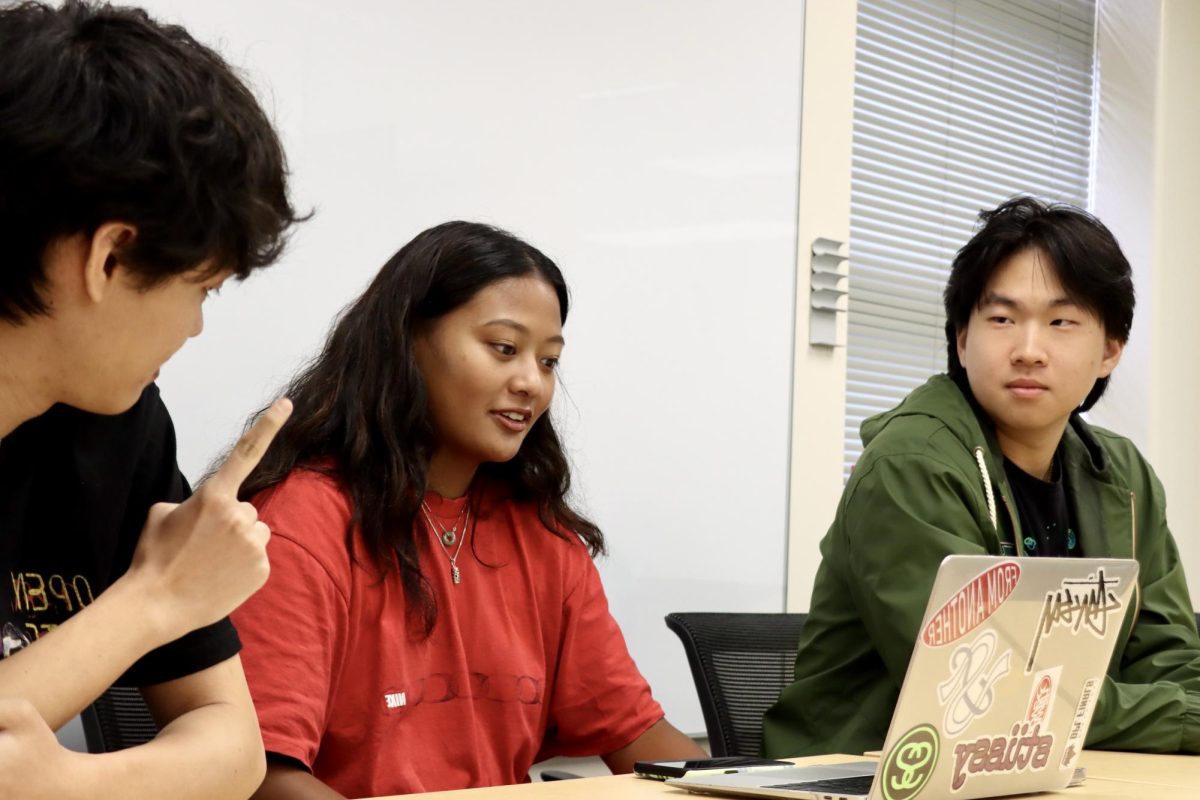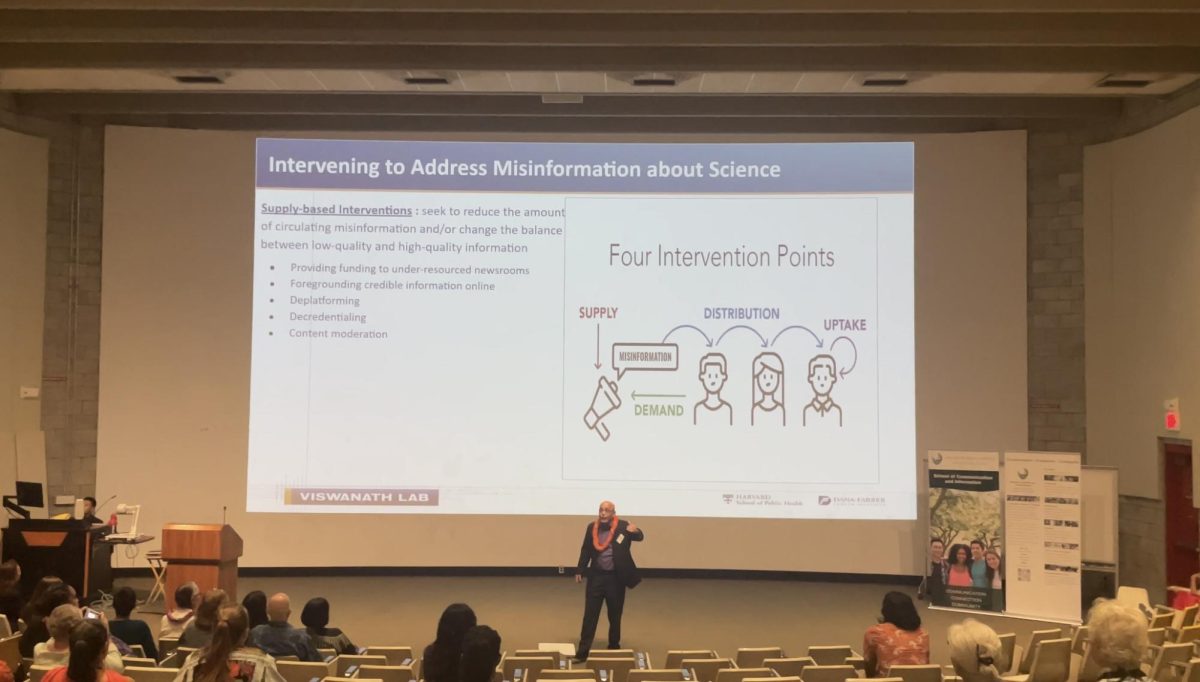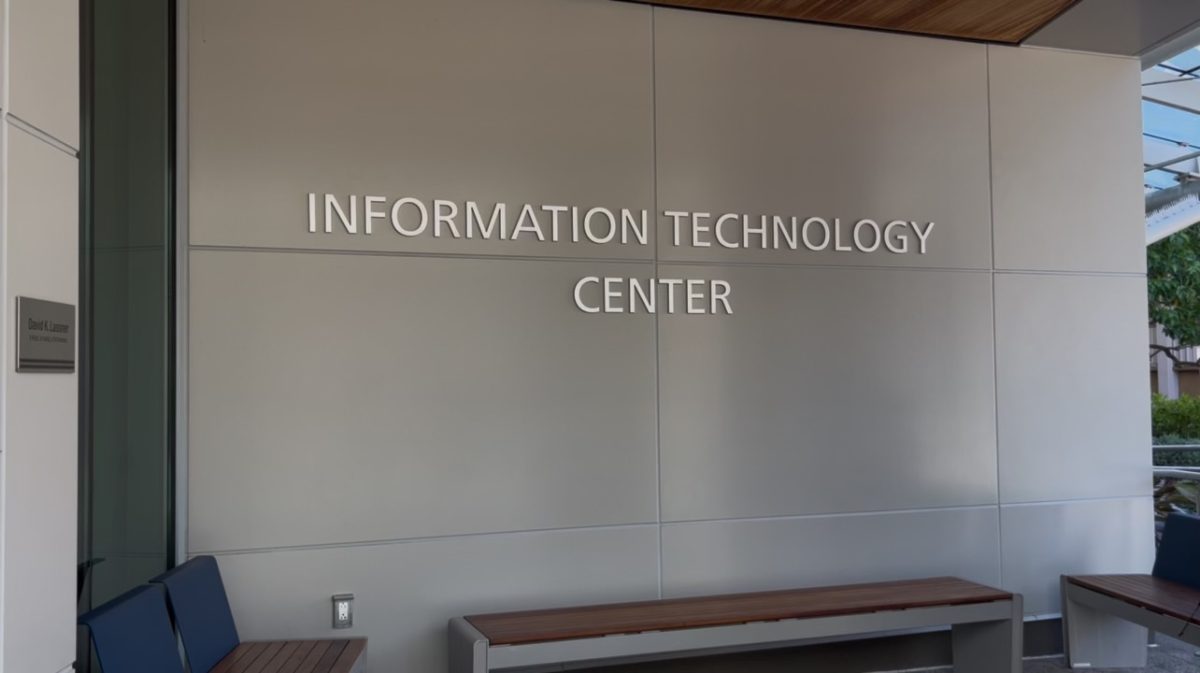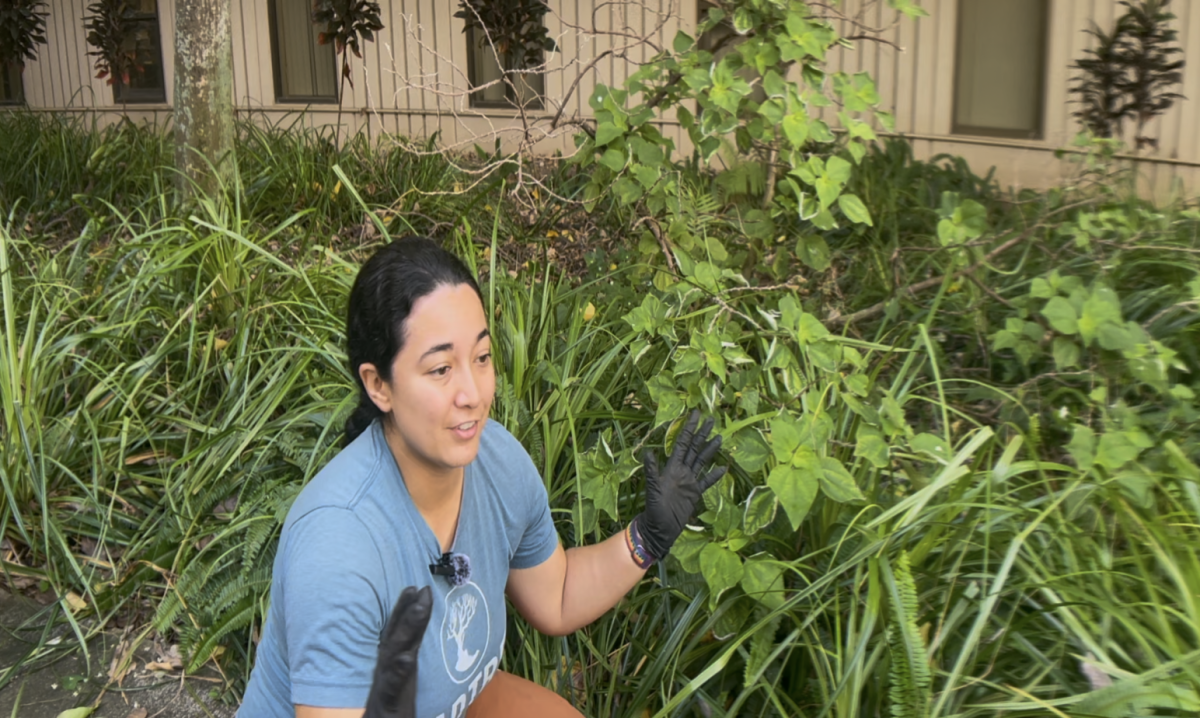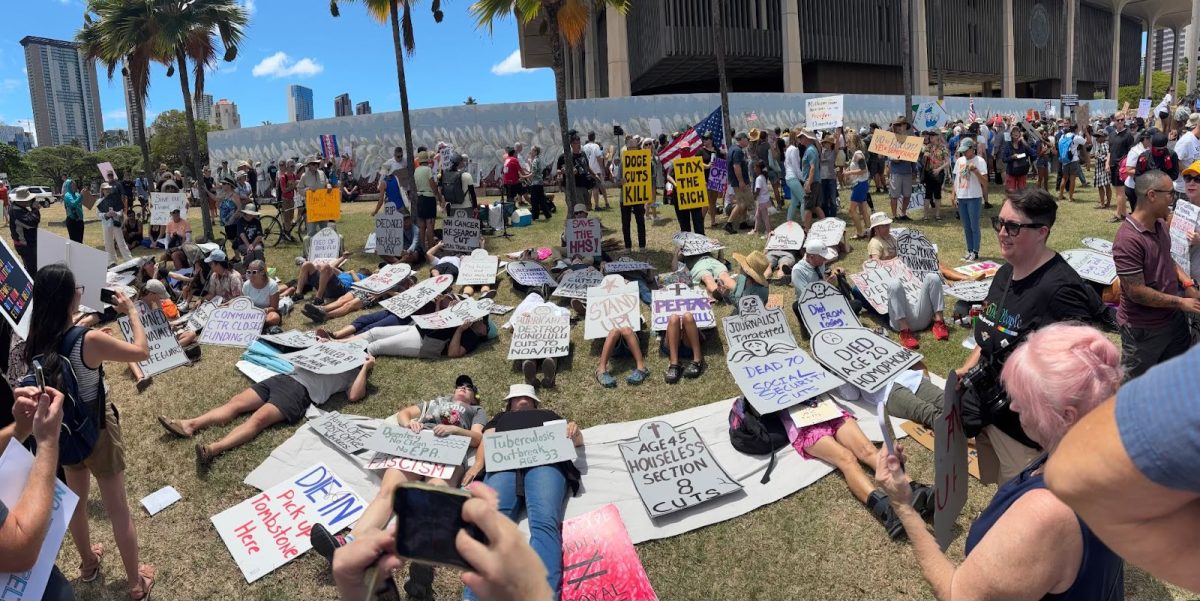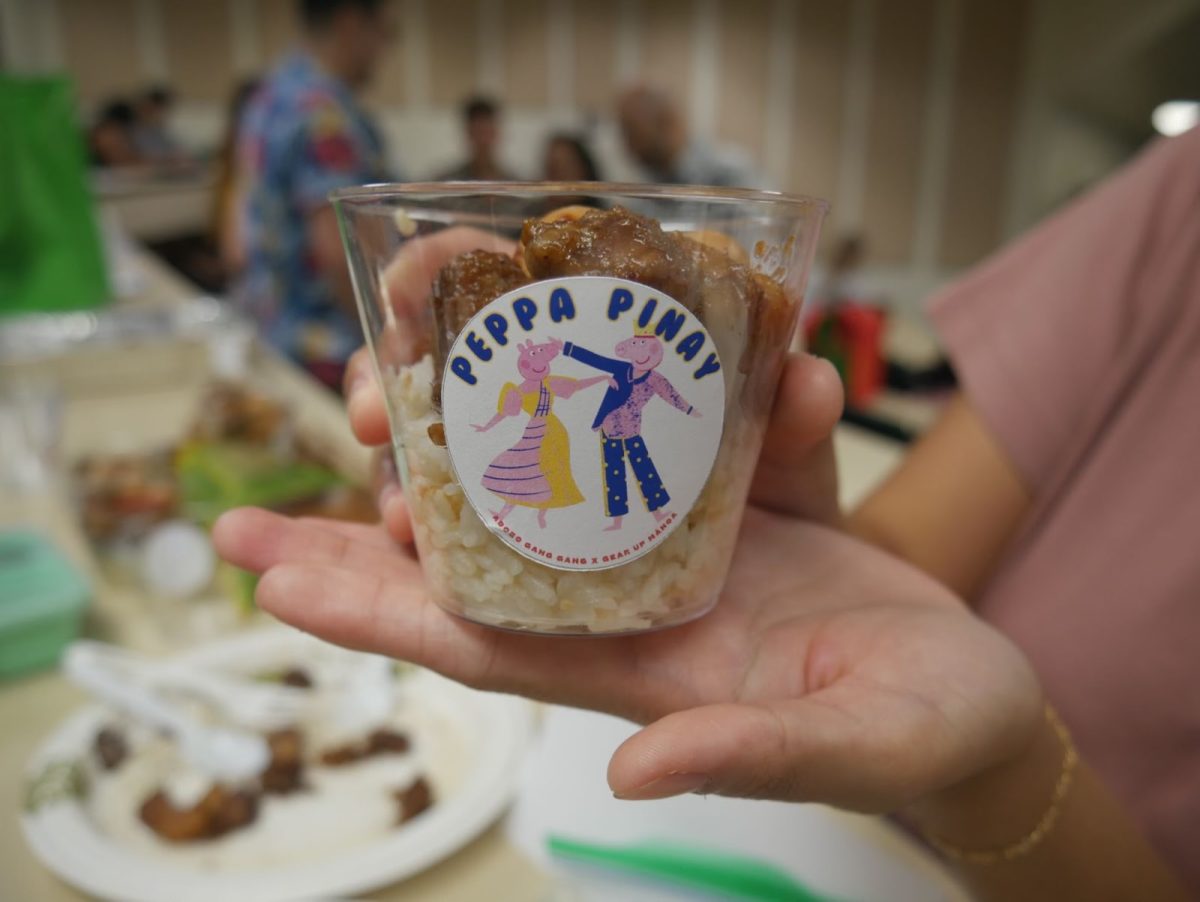As the Fall 2025 semester approaches, where will you live next school year? If you are the one in 20,000 students who is attending the University of Hawai’i at Mānoa, you’re competing for 3,100 beds on campus. One alternative is the university-endorsed off-campus student housing at the Walter Dods Jr. RISE Center, but RISE may be on the fall.
A problem that could add to the stress: cockroaches.
Established in 2023, RISE has had a sanitation situation that is multifaceted, with contributing factors including student residents, who often abuse public spaces, leaving more food on countertops and the ground than on their plates.
Students allege they have reported maintenance requests in aiding pest control. While impermanent remedies were carried out to tend common spaces, residents still say there’s a neglect in addressing the severity of reports.

Team members with Pono Clean-Up Crew maintain the facility five to six days a week, but their work is often undone by neglect from students. They tend to the kitchen, showers, and other common areas using products that kill germs. This failure to maintain the clean slate creates a biohazardous environment that forces some students to rethink using communal kitchens or even degrade their nutritional intake as a result of the kitchen facilities becoming unusable.
The primary concern for many is the lack of prompt and effective response to maintenance requests. The Resident Portal app, designated for such reports, appears ineffective if follow-up actions are lacking. The broader implications of this neglect stress the need for more sturdy management practices to ensure safe and healthy living conditions for all students. After following standard reporting procedure, noticeable results would be anticipated, they say.
According to the student living management company, B.HOM, it oversees communities across 34 schools and 16 states where students rest their heads at night.
“When you sign your lease, we try to make it very clear to the residents when you see things like mold, bed bugs, you want to inform management as soon as it happens,” said Cheryl Suratos, the seasoned regional manager of B.HOM Student Living.
Able Pest Management works alongside RISE’s small but mighty maintenance team. The Alpine WSG Water Soluble Granule Insecticide is used building wide every month to treat unwanted infestations. The label indicates the product’s deathly “risk to bees and other insect pollinators.” The Advion Cockroach Gel Bait was used with the insecticide to treat the third floor Makai side.
As far as cockroaches, Suratos said, “If there’s one, there’s many…we don’t want the building to be infested, you know?”
It is unlikely that the lack of a material solution to this unresolved issue is unique to Mānoa.
Suratos recounts, “I’ve had issues with properties in California, if you don’t take those preventative measures. It can be a huge thing.”
Time will tell if the cockroaches’ presence will persist as they have held their ground thus far and remain in the third floor kitchen, living rent-free.
Students at UH Mānoa are confronted with uncertainty in housing decisions. They could either gamble on the conditions at RISE or take their queue position for limited on-campus vintage dorms, a process much longer than ordering poke from Foodland’s Seafood counter.
As the Fall 2025 semester approaches, students weigh their housing options carefully. Their decisions highlight the importance of thorough collaboration and effective communication between multi level management and residents. Students will graduate, but without effective intervention, the sanitary problem will persist, compounding issues for future residents.
